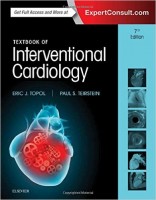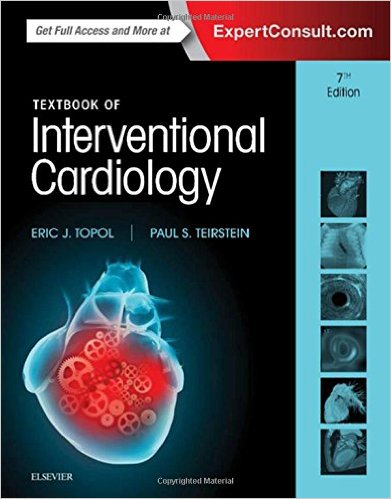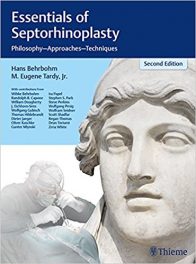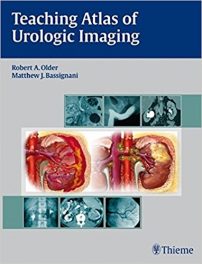 Editors: Eric J. Topol, MD and Paul S. Teirstein, MD
Editors: Eric J. Topol, MD and Paul S. Teirstein, MD
Publisher: Elsevier – 1,081 pages
Book Review by: Nano Khilnani
There has been much technological progress in cardiac surgeries since the 1980s, which has in turn enhanced predictability of the results. The innovations have been profoundly beneficial to both patients and practitioners, write the editors – Drs. Topol and Teirstein – in the Preface.
This book is reflective of that progress. The editors write: “We have tried to fully capture the excitement and relentless maturation of the field of interventional cardiology. New chapters have been added to address radiation safety, interventions for heart failure, and (for many patients) the lack of need for hospitalization after i8nterventions.”
The use of stents, which replaced the procedure of balloon angioplasty of the past, and drug therapies that proved to be effective, are just two of the many factors that contributed to great success in cardiologic interventions, making outcomes for patients almost routinely predictable.
One hundred fifty-two contributors from the United States (including Hawaii) and 10 other countries – Argentina, Canada, France, Germany, Italy, Japan, the Netherlands, South Korea, Switzerland, and the United Kingdom – wrote the 66 chapters of this book of over a thousand pages.
The chapters are too numerous to list here, so to give you a broad overview, we enumerate the titles of its seven Sections below:
- Patient Selection
- Pharmacologic Intervention
- Coronary Intervention
- Peripheral Vascular Intervention
- Intra-cardiac Intervention
- Evaluation of Interventional Techniques
- Outcome Effectiveness of Interventional Cardiology
The entire content in this printed book can be viewed online by you, the purchasers. You can activate the eBook version of this title at no extra charge, and view it on the screens of almost any Internet-enabled device, anytime, and anywhere.
Expert Consult eBooks give you the power to browse and find content, view enhanced images, and share notes and highlights – both online and offline.
To unlock your eBook:
- Visit www.expertconsult.inkling.com/redeem
- Scratch off the code on the inside front cover your book
- Type code into Enter Code box
- Click Redeem
- Log In or Sign Up
- Go to My Library
For technical assistance, email: expertconsulthelp@elsevier.com, call 1-800-401-9962 in the United States, or 1-313-447-8200 outside the U.S.
You can get even more valuable information online from another useful allied website – www.ClinicalKey.com
This search engine of Elsevier Saunders is specially designed for doctors by providing them:
- Comprehensive Content – the most current, evidence-based answers available for every medical and surgical specialty.
- Trusted Answers – content supplied by Elsevier, the world’s leading provider of health and science information.
- Unrivaled Speed to Answer – faster, more relevant clinical answers, so you can spend less time searching and more time caring for your patients.
The materials in this book are superbly organized. In each Section the titles of the chapters are laid out well with the authors’ names, followed by very useful box containing Key Points to give you the student an overview of the contents of each chapter.
Let us take a look at the main organizational components in Chapter 1, Individualized Assessment for Percutaneous or Surgical Revascularization in Section I, Patient Selection:
- Key Points
- Overview
- Topics and Subtopics of Discussion
- Conclusion or Summary
- References
This book contains systematic presentation of facts with concise and clear writing, and support material provided in charts, figures, a variety of photos, tables, and other visual items. It is highly useful as a guide for various interventional procedures for practicing cardiac surgeons, as well as for residents and medical students in cardiology.
Among the benefits of owning this book are the following:
- The latest treatment advances, procedures, devices, and techniques are highlighted, including trans-catheter aortic valve implantation (ATVI).
- Brand new chapters include Radiation Safety During Cardiovascular Procedures, Renal Denervation for Resistant Hypertension, Post Percutaneous Coronary Intervention Hospitalization, Length of Stay, and Discharge Planning, Interventional Heart Failure
- Balanced coverage of the entire scope of available technologies is provided, without favoring one particular device over another
- The latest trial data are integrated into discussions on clinical practice and recommendations
- Multiple images of devices and intra-procedural findings enhance your visual understanding of the material.
- Key Points boxes at the beginning of each chapter summarize the most important facts
- Features 45 videos easily accessible via Expert Consult
- Expert Consult eBook version included with purchase. This enhanced eBook experience offers access to all of the text, figures, videos, and references from the book on a variety of devices
Video Contents
You can view numerous videos on a variety of cardiac procedures as a purchaser of this book. We name below the titles of each category of videos, with the chapter number given on the left of each category:
28. Procedural Complications of Percutaneous Coronary Intervention
30. Access Management and Closure Devices
31. Transradial Approach for Diagnostic Coronary Angiography and Intervention
36. Support Devices for High-Risk Percutaneous Coronary Interventions
49. Percutaneous Closure of Patient Foramen Ovale and Atrial Septal Defect
51. Mitral Valvuloplasty
56. Pericardial Interventions
57. Trans-catheter Therapies for Congenital Heart Disease
Editors:
Eric J. Topol, MD is the Gary and Mary West Endowed Chairman of Innovative Medicine, and Professor of Genomics in the Department of Molecular and Experimental Medicine, and Director of the Scripps Translational Institute. He is also Chief Academic Officer of Scripps Health, and Senior Consultant at Scripps Clinic in its Division of Cardiovascular Diseases in La Jolla, California.
Paul S. Teirstein, MD is Chief of Cardiology and Director of Interventional Cardiology at Scripps Clinic; and Director of Scripps Prebys Cardiovascular Institute at Scripps Health in La Jolla, California.







